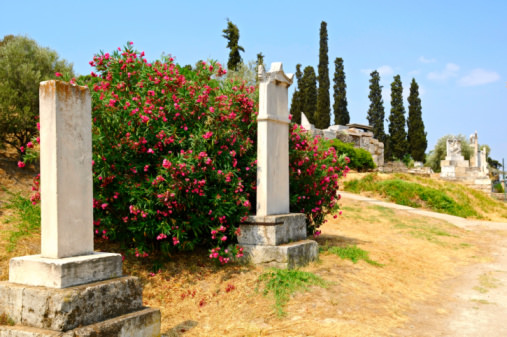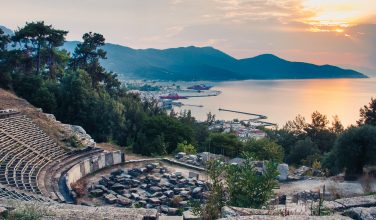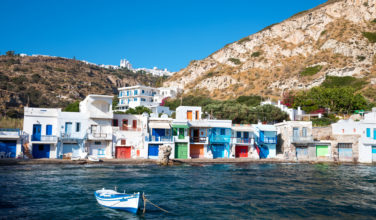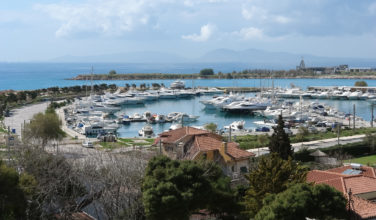Kerameikos: The Ancient Cemetery of Athens
Comments Off on Kerameikos: The Ancient Cemetery of Athens
Kerameikos, named for the ceramics workshops that once surrounded it, was once the edge of classical Athens. It was originally a settlement for potters who were attracted by the clay on the banks of the River Iridanos. The Panathenaic processions, which took place every four years, passed through the Sacred Gate and along the Sacred Way to Eleusis. Two separate roads ran through Kerameikos, one to a temple and one to a brothel, as it was once the scene of shady activities including prostitution, money lending, and wine selling.

Kerameikos is best known for its cemetery, which it was converted into because of the frequent flooding that occurred in the area. Statesmen and heroes were buried beneath showy tombs lining the roads from the 12th century BC to Roman times. It was rediscovered in 1861.
Kerameikos is now a tranquil site where visitors can wander among the marble tombstones. Most of the remaining graves today can be found along the Street of the Tombs. The sculptures excavated in the early 1900s are in the National Archaeological Museum and the Oberlander Museum, however plaster copies of the originals can be seen on site.
The highlight of Kerameikos is the Oberlander Museum, a small modern and air-conditioned museum that has a wealth of artifacts. It explains the evolution of ancient burial rituals one age at a time. It opened in 1961 and was named after Gustav Oberlander, a German-American industrialist whose donations helped fund excavations in the 1930’s. Galleries include large fragments from grave stelae found incorporated into the Dipylon and Sacred Gates, Proto-Geometric and Geometric amphorae and black-figure lekythoi (funerary vases), pottery toy horses and terra-cotta dolls from children’s graves, ostraka (voting tables) found in the bed of the Eridanos River, and fine painted pottery. An Acropolis ticket covers the cost of entrance into the museum.
Other important sights at include:
The City Walls
These walls surround the entire city and were built by Athenian ruler Themistockles in 478 BC. The walls were made from materials taken from tombs, temples, and houses.
Dipylon
The grand entrance to Athens; this was the largest gate in ancient Greece. Many ceremonial events were held here marking arrivals and departures.
The Pompeiion
Used to prepare for festive and religious processions including the annual Panathenaic procession, in which a new garment was brought to the statue of Athena in the Parthenon.
Sacred Gate
The Sacred Way passed through this well-preserved gate. Pilgrims and priestesses passed through during the procession to Eleusis.
Warriors’ Tombs
These high, round burial mounds line the holy road and were built to honor great warriors.
Before or after a visit to Kerameikos visitors can enjoy a traditional outdoor lunch at one of the many tavernas on the nearby streets of Adrianou and Apostolou Pavlou.
Categorized in: About Athens, Greece, Greek Travel Guide
This post was written by Greek Boston





